How to Cook Salmon Fillets: Healthy and Delicious Seafood Main Course
Salmon fillets are a popular choice for seafood lovers. Not only are they delicious, but they are also incredibly healthy. Salmon is rich in omega-3 fatty acids, which are essential for maintaining a healthy heart and brain. Additionally, salmon is a great source of protein, making it an ideal choice for those who are looking to build muscle or maintain a healthy weight.
Why Salmon Fillets?
Salmon fillets are a versatile ingredient that can be cooked in a variety of ways. They can be grilled, baked, sautéed, or even smoked. Salmon fillets are also easy to prepare, making them a great choice for busy weeknights or special occasions. Whether you are cooking for yourself or for a group, salmon fillets are sure to be a hit.
When it comes to cooking salmon fillets, there are a few things to keep in mind. First, it is important to choose high-quality salmon that is fresh and sustainable. Look for salmon that is bright in color and has a firm texture. Additionally, it is important to cook salmon fillets to the right temperature to ensure that they are safe to eat.
In this article, we will explore the best ways to cook salmon fillets, including tips and tricks for getting the most flavor and nutrition out of this delicious seafood main course.
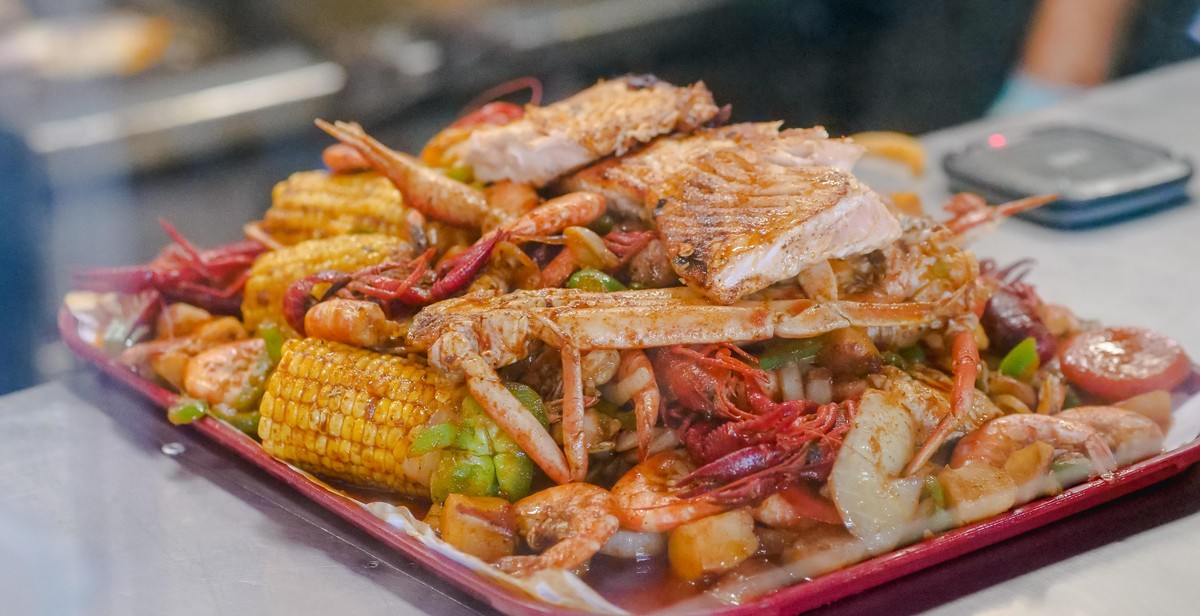
Choosing the Right Salmon Fillets
Salmon is a popular seafood that is not only delicious but also packed with nutrients that are good for your health. However, with so many different types of salmon fillets available, it can be challenging to know which one to choose. Here are some factors to consider when selecting the right salmon fillets:
Types of Salmon Fillets
There are several types of salmon fillets available, including:
- King salmon: also known as Chinook salmon, this type of salmon is the largest and has a rich, buttery flavor.
- Sockeye salmon: also known as red salmon, this type of salmon has a firm texture and a rich, full flavor.
- Coho salmon: also known as silver salmon, this type of salmon has a milder flavor and a medium-firm texture.
- Pink salmon: this type of salmon is the smallest and has a delicate flavor and soft texture.
Fresh vs. Frozen Salmon Fillets
When it comes to salmon fillets, you have the option of choosing between fresh and frozen. Fresh salmon fillets are typically more expensive but have a shorter shelf life, while frozen salmon fillets are more affordable and can be stored for longer periods.
If you are choosing fresh salmon fillets, look for ones that are firm, moist, and have a mild ocean scent. Avoid fillets that are slimy, dry, or have a strong fishy smell.
If you are choosing frozen salmon fillets, look for ones that are vacuum-sealed and have no signs of freezer burn. Thaw frozen salmon fillets in the refrigerator overnight before cooking.
Sustainability of Salmon Fillets
When choosing salmon fillets, it is important to consider the sustainability of the fish. Look for salmon that is wild-caught or sustainably farmed. Wild-caught salmon is generally considered more sustainable than farmed salmon, but there are some sustainably farmed options available.
| Wild-Caught Salmon | Sustainably Farmed Salmon |
|---|---|
| Alaska salmon | Verlasso salmon |
| Washington salmon | Blue Circle salmon |
| Oregon salmon | Skuna Bay salmon |
By considering these factors when choosing salmon fillets, you can ensure that you are getting the best quality and most sustainable seafood for your healthy and delicious meal.
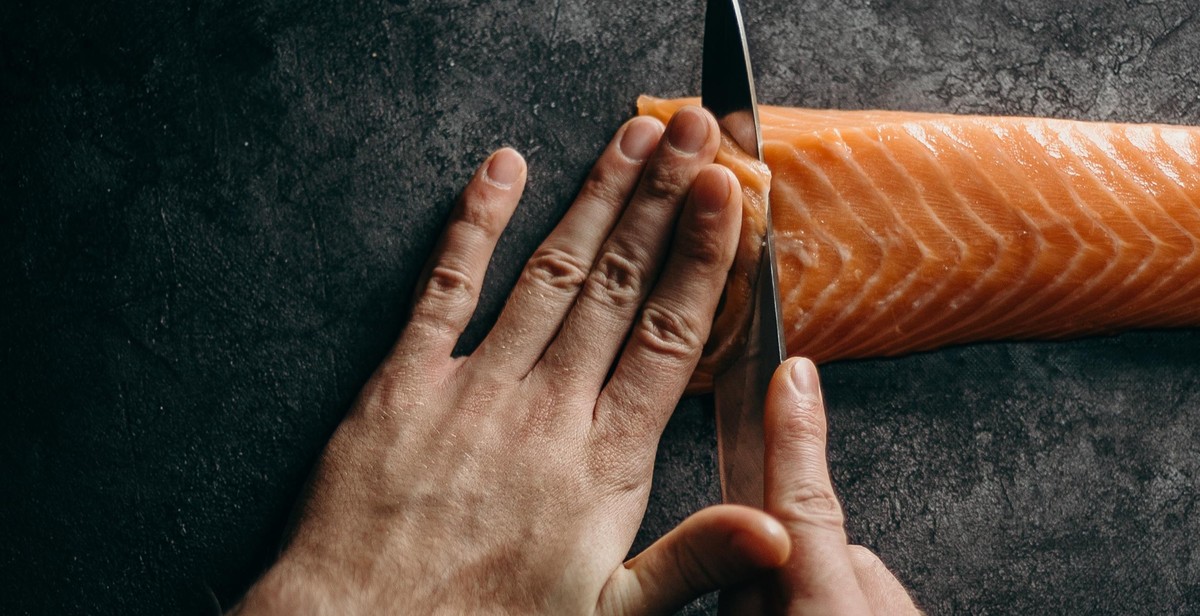
Preparing Salmon Fillets
Before cooking salmon fillets, it is important to properly prepare them to ensure they are delicious and healthy. Here are some essential steps to follow:
Thawing Frozen Salmon Fillets
If you have frozen salmon fillets, it is important to thaw them properly before cooking. The best way to do this is to place the fillets in the refrigerator for 8-12 hours or overnight. If you are short on time, you can also thaw them in cold water by placing them in a sealed plastic bag and submerging them in cold water for 30 minutes to an hour. Avoid thawing salmon fillets at room temperature as this can cause bacterial growth and spoil the fish.
Seasoning Salmon Fillets
Salmon fillets have a delicate flavor that can be enhanced with the right seasonings. Before cooking, sprinkle the fillets with salt, pepper, and any other seasonings you prefer. Some popular options include garlic powder, paprika, and dill. Be careful not to over-season the salmon as this can overpower its natural flavor.
Marinating Salmon Fillets
Marinating salmon fillets can add extra flavor and moisture to the fish. To marinate salmon, mix together your desired marinade ingredients such as lemon juice, olive oil, soy sauce, and herbs. Place the fillets in a shallow dish and pour the marinade over them. Cover the dish with plastic wrap and refrigerate for at least 30 minutes, or up to 2 hours. Before cooking, remove the fillets from the marinade and discard the excess liquid.
By following these simple steps, you can prepare salmon fillets that are healthy, delicious, and full of flavor.
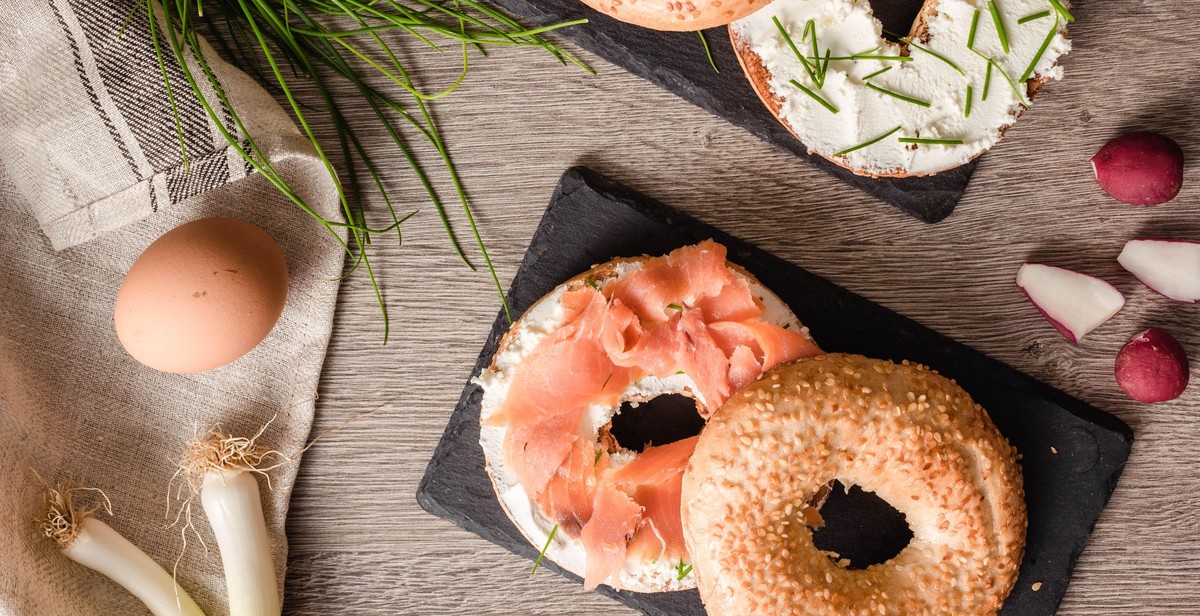
Cooking Salmon Fillets
Salmon fillets are a delicious and healthy seafood main course that can be cooked in a variety of ways. Here are three popular methods:
Baking Salmon Fillets
Baking salmon fillets is a simple and easy way to cook them. Preheat your oven to 400°F. Place your salmon fillets on a lined baking sheet, skin-side down. Brush them with olive oil and season with salt and pepper. Bake for 12-15 minutes, until the salmon is cooked through and flakes easily with a fork. Serve with your favorite sides.
Grilling Salmon Fillets
Grilling salmon fillets is a great way to infuse them with smoky flavor. Preheat your grill to medium-high heat. Brush your salmon fillets with olive oil and season with salt and pepper. Place them on the grill, skin-side down. Grill for 4-5 minutes per side, until the salmon is cooked through and has grill marks. Serve with a squeeze of lemon and grilled vegetables.
Pan-frying Salmon Fillets
Pan-frying salmon fillets is a quick and easy way to cook them on the stovetop. Heat a nonstick skillet over medium-high heat. Brush your salmon fillets with olive oil and season with salt and pepper. Place them in the skillet, skin-side down. Cook for 3-4 minutes, until the skin is crispy. Flip the fillets and cook for an additional 2-3 minutes, until the salmon is cooked through. Serve with a side salad.
| Baking | Grilling | Pan-frying | |
|---|---|---|---|
| Preparation Time | 5 minutes | 5 minutes | 5 minutes |
| Cooking Time | 12-15 minutes | 8-10 minutes | 5-7 minutes |
| Flavor | Mild | Smoky | Crispy |
| Texture | Tender | Firm | Crispy |
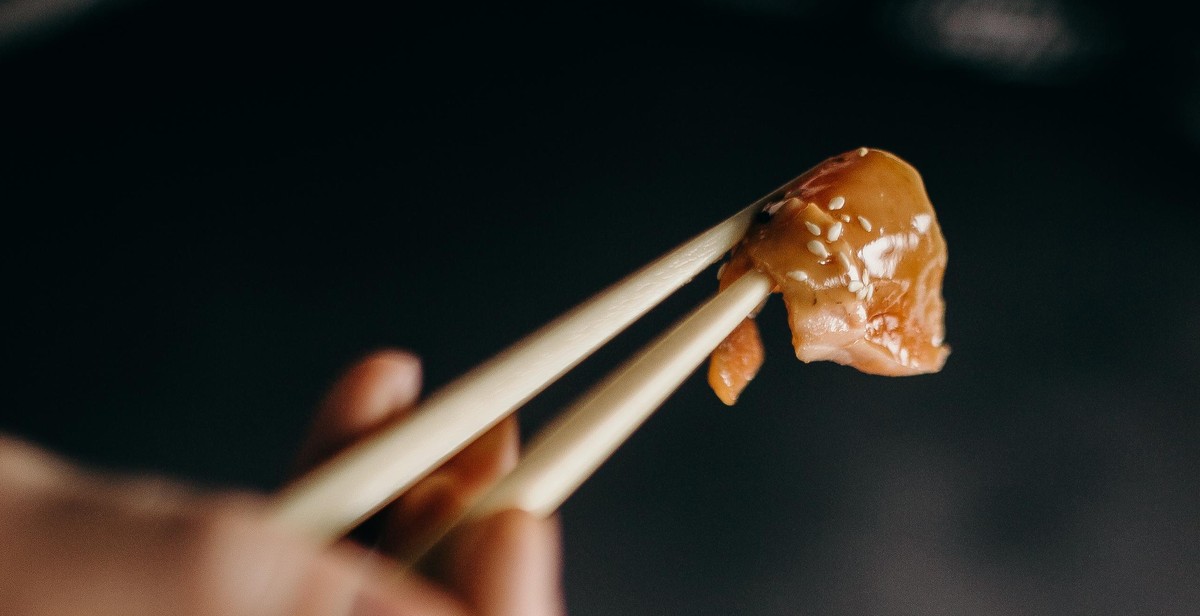
Serving Salmon Fillets
Once you have cooked your salmon fillets to perfection, it’s time to think about how to serve them. Here are some ideas for side dishes, sauces, and garnishes that will complement your healthy and delicious seafood main course.
Side Dishes for Salmon Fillets
When it comes to side dishes for salmon fillets, you want something that will enhance the flavors of the fish without overpowering it. Here are some options:
- Roasted vegetables, such as asparagus, Brussels sprouts, or sweet potatoes
- A simple green salad with a light vinaigrette dressing
- Quinoa or brown rice cooked with herbs and spices
- Grilled or sautéed mushrooms
Sauces for Salmon Fillets
A good sauce can take your salmon fillets to the next level. Here are some options:
- Lemon butter sauce: Melt butter in a pan, add lemon juice and zest, and season with salt and pepper.
- Tzatziki sauce: Mix Greek yogurt, grated cucumber, garlic, lemon juice, and dill.
- Teriyaki sauce: Combine soy sauce, brown sugar, garlic, ginger, and sesame oil in a pan and cook until thickened.
- Hollandaise sauce: Whisk egg yolks, lemon juice, and melted butter in a bowl over simmering water until thickened.
Garnishes for Salmon Fillets
A garnish can add visual appeal and a pop of flavor to your salmon fillets. Here are some options:
- Fresh herbs, such as parsley, cilantro, or chives
- Lemon wedges or slices
- Thinly sliced red onion or shallots
- Crushed nuts, such as almonds or pistachios
| Side Dish | Sauce | Garnish |
|---|---|---|
| Roasted sweet potatoes | Lemon butter sauce | Parsley |
| Grilled asparagus | Tzatziki sauce | Lemon wedges |
| Brown rice with herbs | Teriyaki sauce | Crushed almonds |
| Sautéed mushrooms | Hollandaise sauce | Thinly sliced shallots |
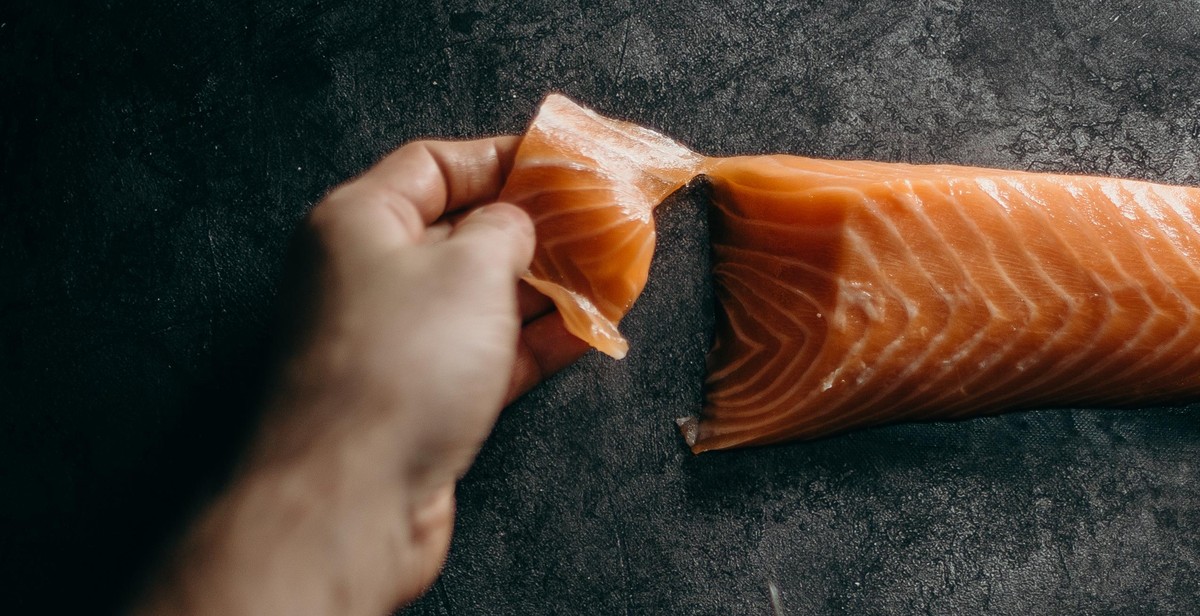
Conclusion
Cooking salmon fillets can be a healthy and delicious way to enjoy seafood as your main course. With the right tips and techniques, you can easily prepare a perfect salmon fillet that will impress your family and friends.
Tips for Cooking Perfect Salmon Fillets
- Choose high-quality salmon fillets that are fresh and firm to the touch.
- Season the salmon fillets with your favorite herbs and spices to enhance the flavor.
- Use a non-stick skillet or grill to prevent the salmon from sticking to the surface.
- Cook the salmon fillets for 3-4 minutes on each side to achieve a crispy, golden brown exterior.
- Check the internal temperature of the salmon fillets with a meat thermometer to ensure they are cooked to perfection.
- Let the salmon fillets rest for a few minutes before serving to allow the juices to redistribute and enhance the flavor.
By following these tips, you can easily prepare a healthy and delicious salmon fillet that is perfect for any occasion. Whether you prefer grilled, baked, or pan-seared salmon, these techniques will help you achieve a perfectly cooked and flavorful dish.
| Benefits of Eating Salmon |
|---|
| Rich in Omega-3 fatty acids which help reduce inflammation and improve brain function. |
| High in protein which helps build and repair muscle tissue. |
| Loaded with vitamins and minerals such as vitamin B12, vitamin D, and selenium. |
Overall, cooking salmon fillets can be a healthy and delicious addition to your diet. By using these tips and techniques, you can easily prepare a perfect salmon fillet that is sure to impress. So go ahead and give it a try!
